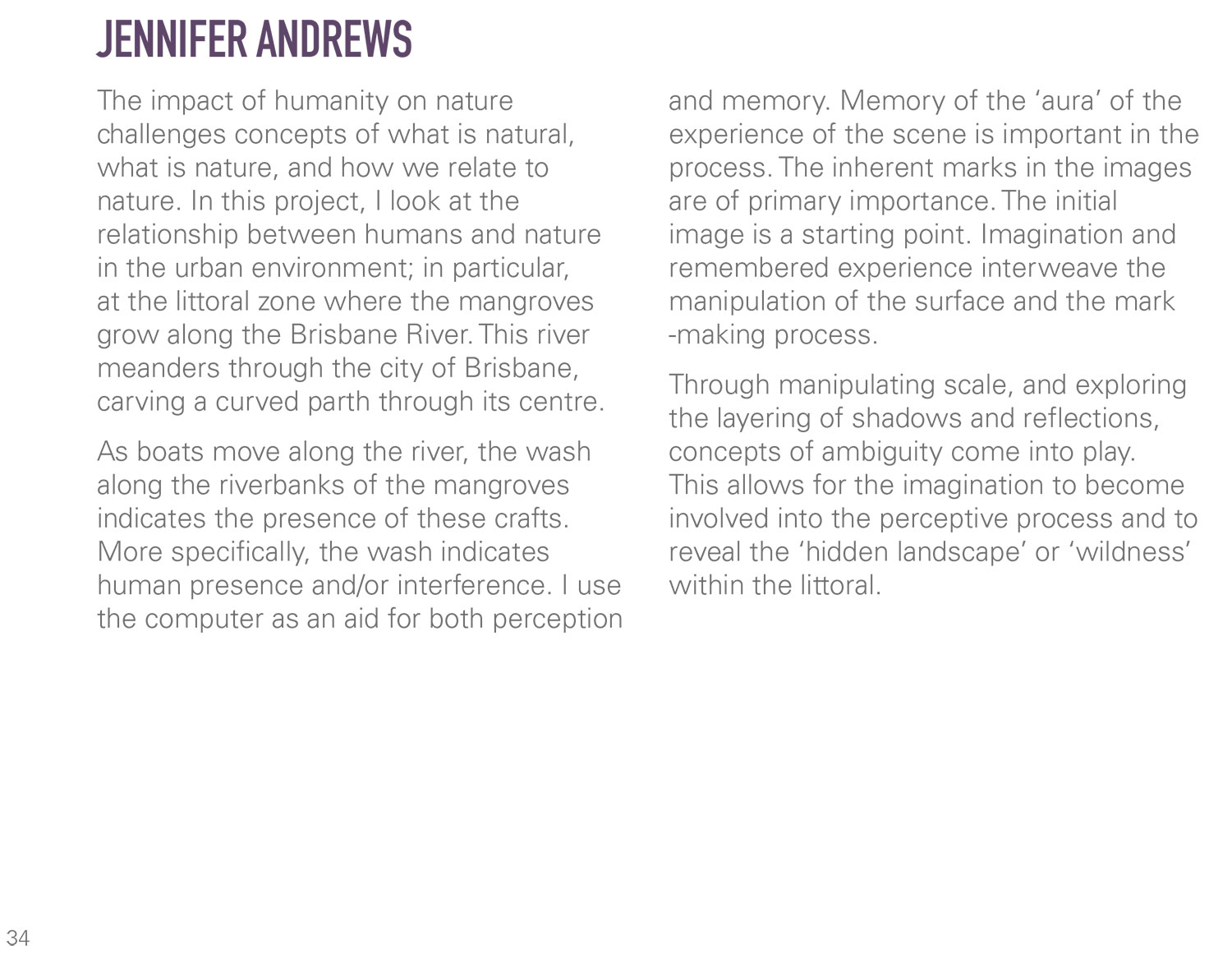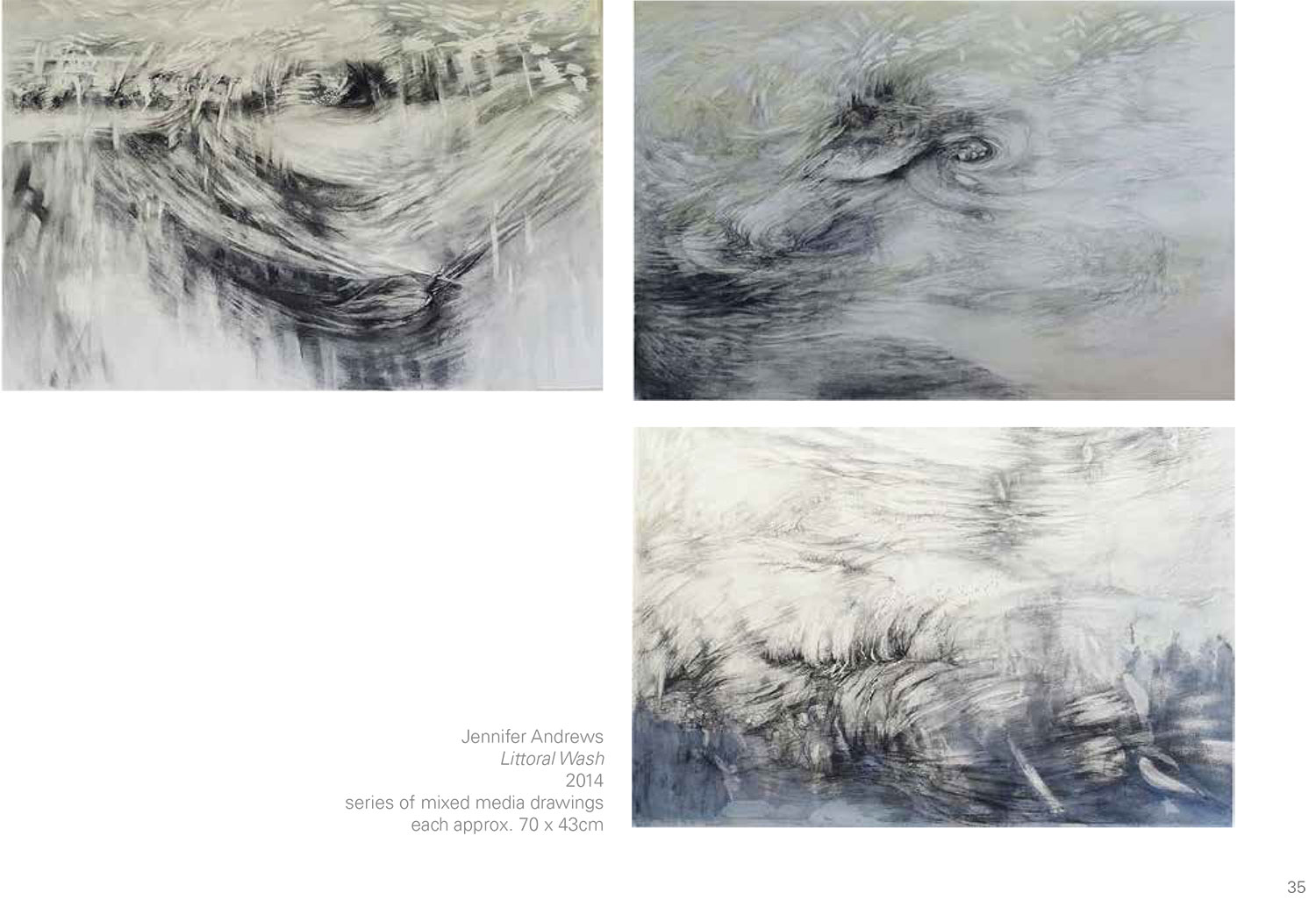Body Politic | 2015
The Body Politic exhibition featured one of the largest collections of contemporary prints and drawings to be shipped to the United States from Australia.
The exhibition
The Body Politic: Contemporary artists in Australia investigate place, identity, memory and history through the graphic image presents the work of seventeen Australian artists. Although most of these artists work across different mediums, all have taken a primary interest in using print or graphic mediums and the printed or drawn image is the focus of this exhibition. Nevertheless, variety is a hallmark of the selection made by Richard Hricko, during his visit to Australia in August 2014, for this exhibition he has co-curated with Amze Emmons. The works by the artists range from artist’s books to printed surfboards, with the majority of the work specifically produced or adapted for display in the massively scaled ICE Box Project Space at Crane Arts.
The Artists
The artists represented are Staff, Adjuncts or Postgraduate students from Queensland College of Art, Griffith University in Brisbane, Australia. The exhibition was supported by the Griffith Centre for Creative Arts Research. QCA is the oldest university-based art school in Australia and has developed a close relationship with Tyler School of Art, Temple University and the Crane Arts Centre in Philadelphia over the past decade.
The Artists included Jennifer Andrews, Blair Coffey, Clare Cowley, Carolyn Craig, Russell Craig, Paul Eves, Evan Gardner, David Jones, Tim Mosley, Bill Platz, Ryan Presley, Jude Roberts, Michelle Roberts, Jenny Sanzaro-Nishimura, Glen Skien, Jonathan Tse and Judy Watson.
Exhibition details
The Icebox, Crane Arts
Philadelphia USA
8 – 20 January 2015
Exhibition curated by Richard Hricko and Amze Emmons, Crane Arts, Philadelphia.
Body Politic Essay
Identity/History
by Amze Emmons, Associate Professor of Printmaking, Tyler School of Art, Temple University.
The widening of the cultural discourse in the 1960’s and 70’s made more space for people whose voices the academic and societal establishment had long ignored.
Negotiations of difference and agency within a pluralistic society with uneven distributions of power remain as relevant now as in the past. Artists have taken this thread in generatively complicating directions, such as, close readings of cultural signiViers and investigations of unprecedented cross-‐cultural experiences.
Many of the artists in this exhibition continue to push this area of research and self-‐discovery, like, David Jones uses analogy and juxtaposition, mining visual and material culture for evidence of how power and control can be exerted through depictions of racial stereotypes embodied in the most mundane objects, like a child’s doll. And Evan Gardener’s rigorous confessional investigation of identity and gender dysphoria seems to be inventing new visual languages to address newly illuminated forms of alienation. Jenny Sanzaro-‐Nishimura’s diverse body of work investigates the shifting constructions of both history and identity in visual culture.
While others are troubling the construction of our so-‐called History by mining the archives that contain the artifacts and documents of our shared past, for example, Judy Watson’s archival research and beautiful appropriation of historic documents pointing towards aspects of Australia’s history of troubled institutionalized racism (not all that different from ours here in the U.S.)
Jonathan Tse similarly makes books and collaged prints, drawing from a trove of immigration papers relating to his own experience as an Asian-‐Australian. Ryan Presley takes the move one step further, creating his own invented Aboriginal currency; generating documentary evidence of a world in which he would like to live.
A frontispiece is meant to illustrate the ideas embodied in a text, this ranging exhibition can be said to embody, if not illustrate, many striking ideas. And like a book, the connective tissue that holds this body of work together is the printed mark. Each artist in this exhibition is leveraging the graphic signature of the print in some way, whether they are using a traditional process and/or a new media matrix to capture and translate their gesture, or mining historic printed documents to create a collage vocabulary. All of the artists in this exhibition proceed with an understanding that their chosen process changes and adds meaning to the images and objects they create, and they evidence a visible faith that the stories we share deVine our relationships to one another. Collectively they form the silhouette of a new Australian body politic.
Amze Emmons
Associate Professor of Printmaking
Tyler School of Art,
Temple University




